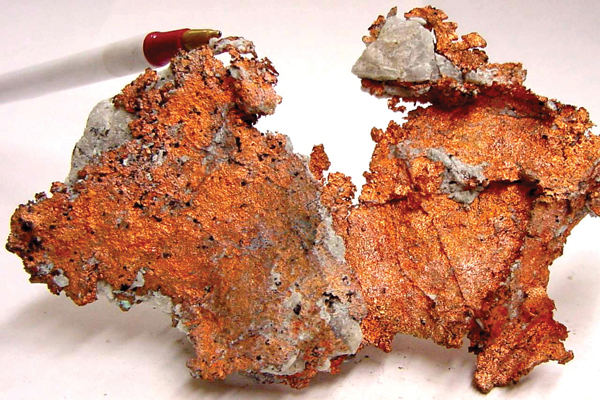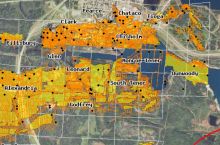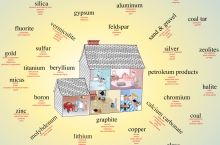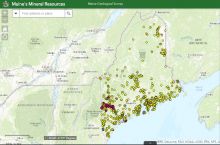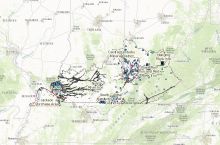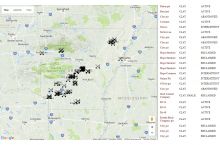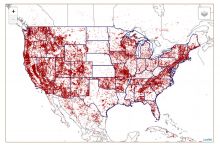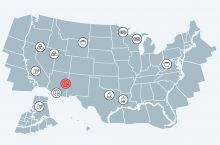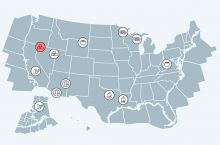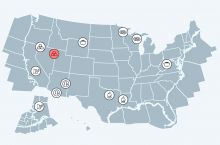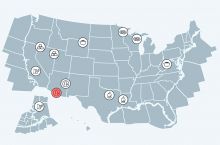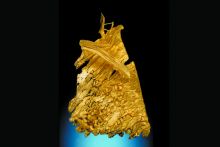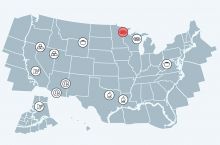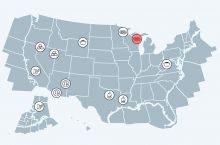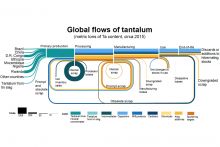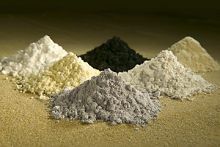Metals are found in many different places around the world. Many natural Earth processes affect their distribution and abundance. Metals are essential to our economy and lifestyle, and the global demand for metals continues to rise.
Basics
Metals occur in many different geologic settings around the world. If enough metal is concentrated in one place to be of economic value, it is called an ore deposit. Well-known metals include copper, iron, gold, aluminum, manganese, and platinum, but nearly all of the sixty or so metals in the periodic table have practical uses. Geoscientists know that different types of ore deposits occur in areas where particular types of geologic processes have taken place. Read more
Frequently Asked Questions
American Geosciences Institute
American Geosciences Institute
U.S. Geological Survey
American Geosciences Institute
American Geosciences Institute

